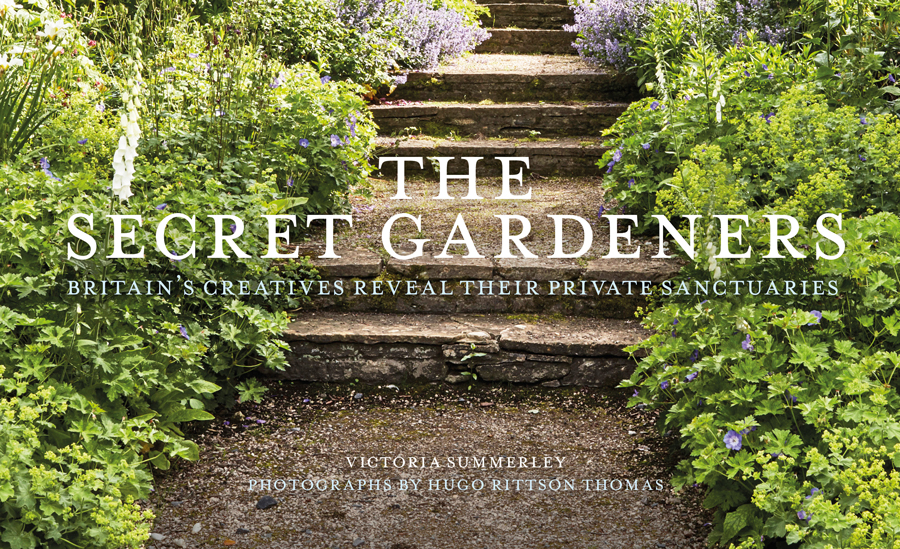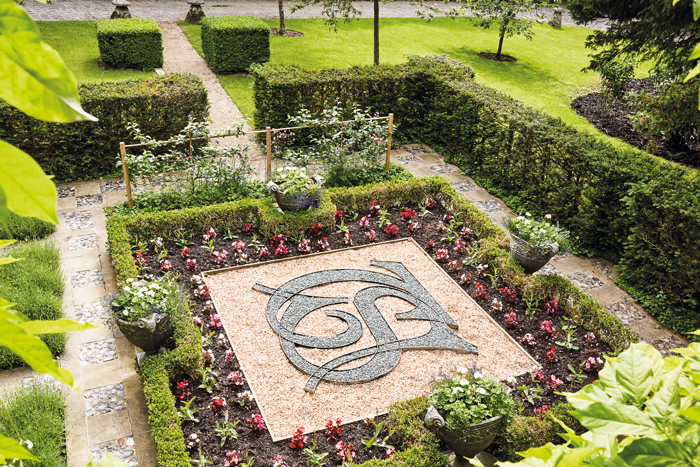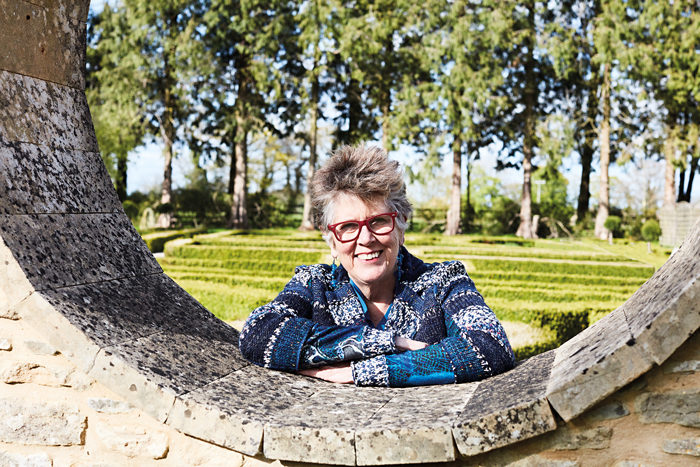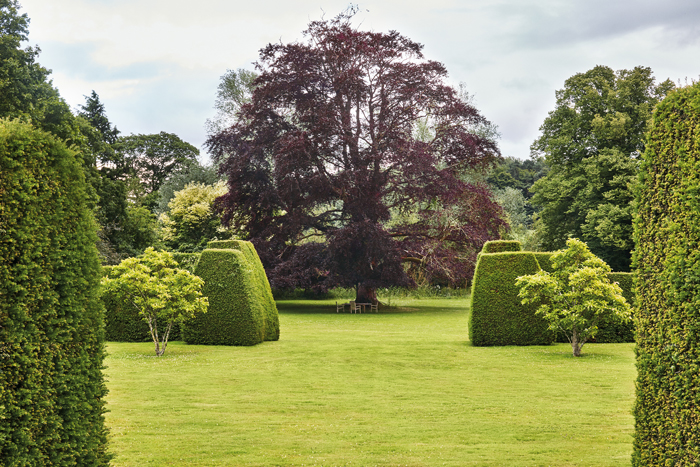The Secret Gardeners – Review
The idea for ‘The Secret Gardeners‘ came about during lunch when author Victoria Summerley and photographer Hugo Rittson Thomas were looking for a project that combined art and gardens.
The original concept was to have been a book on artists gardens and how those who had training or background in the visual arts organised their outdoor spaces. As the author points out in the Introduction, they did not originally set out to feature famous people who had lovely gardens. What eventually transpired, however, has provided us with a fascinating insight into the gardens of 25 notable creatives drawn from the worlds of art, theatre, philanthropy, music and science.
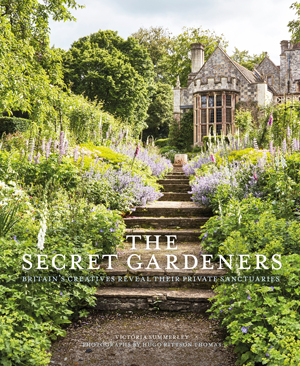 The gardens range from plantaholic paradises, city and countryside retreats and romantic riversides to grand estates. The reader will also discover that although the names may be famous and the gardens grand, like all gardeners, they all share the same battles with slugs, pests, rabbits or deer.
The gardens range from plantaholic paradises, city and countryside retreats and romantic riversides to grand estates. The reader will also discover that although the names may be famous and the gardens grand, like all gardeners, they all share the same battles with slugs, pests, rabbits or deer.
Creatives, just like the rest of us, need to get away from the demands of work and their gardens are not only a way of putting their stamp on the landscape, but also a means of creating a special place for relaxation.
The author points out that you soon realise that creating a good garden has nothing to do with money – it’s about vision and the determination and skill of being able to bring that vision to fruition.
We discover how Sting unwinds in his landform labyrinth, how Julian Fellowes designs a new path and vista and how actor Jeremy Irons once hosted a party for his local gardening club.
Sting and Trudie Styler’s garden is one of my favourites in the book, and I loved the parterre with their intertwined initials (pictured below). Trudie discovered the house and garden 25 years ago but both needed a lot of work. She saw, however, the magical prospects the estate offered, but in the end the deal clincher was a 300-year-old cooper beech tree which she immediately fell in love with.
My other favourite is Prue Leith’s garden where we are introduced to her preference for dahlias, crocosmia and all flowers red. Originally, Prue grew flowers alongside vegetables for the restaurant but today the pattern is reversed. Now, the large walled vegetable garden is filled with ornamental plants, although Prue still grows vegetables but now these are protected from birds in fruit cages and cold frames. She has a woodland garden brimming with hostas, and surrounding the house there is a kitchen garden, a box parterre planted with roses and the Red Garden.
For Kirstie Allsopp and her family, the garden means spending as much time outdoors as possible. It’s about wearing old clothes, letting the windfalls in the orchard lie on the ground for the birds and other wildlife and it’s about celebrating the English countryside in all its seasons and moods. Many of us will share in that philosophy I think.
Where I think the book triumphs is the range of creatives that Victoria and Hugo has assembled – from Griff Rhys Jones and Cath Kidston, to Julian Clary, Hugh Fernley-Whittingstall and Rupert Everett – all sharing their love of plants. The author’s essays on each garden explain the owners’ inspiration and passion and Victoria Summerley deftly teases out of her gardeners a special insight into the secluded sanctuaries where their dreams and memories are shaped. Each garden is given several pages, allowing a more in-depth narrative, all sumptuously illustrated by Hugo Rittson Thomas’s photography.
Victoria Summerley is the author of the best-selling Secret Gardens of the Cotswolds and Great Gardens of London. She is an award-winning journalist specialising in gardening and gardens and opens her own garden for the National Garden Scheme.
Hugo Rittson Thomas is one of the UK’s leading portrait photographers. He has previously collaborated with Victoria Summerley on Secret Gardens of the Cotswolds and Great Gardens of London.
‘The Secret Gardeners‘, by Victoria Summerley with photography by Hugo Rittson Thomas, is published by Frances Lincoln in hard back (coffee table size) priced £30.00.
A review copy of this publication was provided by the publishers.
All photographs used in this review are ©of the publisher and Hugo Rittson Thomas

